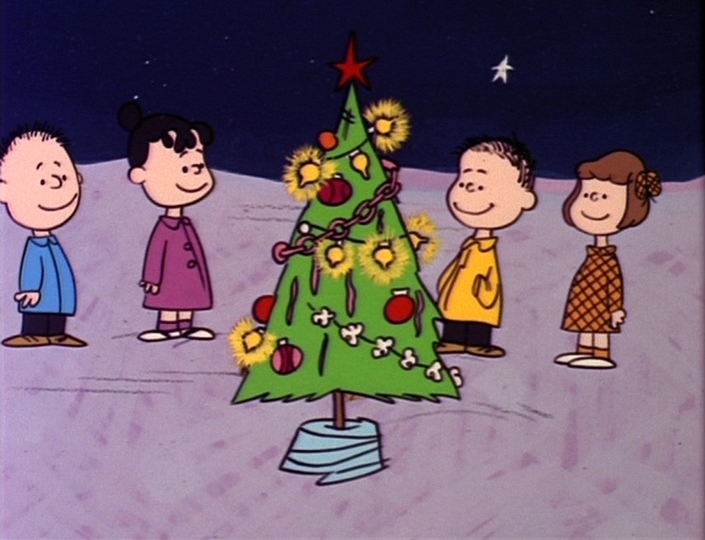
I was a teenager when I first discovered The Avengers in reruns on BBC America. As I recall, it aired in the late afternoon, shortly after I came home from school, and it wasn’t long before the series — which initially ran from 1961 to 1969 on the British network ITV — became part of my weekday routine. Ordinarily, I’m not sure that I would have had much interest in a show about secret agents, but I could tell from the start that this particular show was something unique, something special. Menacing wheelchair-bound nannies, men repeatedly getting hit by cars with no ill effects, mind-swapping machines, training schools for proper English gentlemen, nods to the Adam West Batman, quaint villages where murder could be overlooked for the right price — I never knew what to expect, but I did know that it would be fun and entertaining and probably more than a little quirky. In the midst of all that, there was always a mystery to be solved, and it was sure to be solved with wit and style (as well as a fight or two) by the dynamic duo of John Steed (Patrick Macnee) and Emma Peel (Diana Rigg). Emma would eventually be replaced by Tara King (played by Linda Thorson) following Rigg’s departure from the series, and although I didn’t dislike Tara and enjoyed quite a number of the episodes that featured her, nothing could match that Steed and Mrs. Peel pairing.
From what I remember, BBC America exclusively ran the color episodes of The Avengers; at any rate, those were the only ones I ever saw there. It wasn’t until several years later that I encountered the black-and-white portion of the series, including the early episodes that teamed Steed with Honor Blackman’s Cathy Gale and, better yet, a slew of new-to-me Emma Peel adventures. There were a lot of gems among them, and one of my favorites is an episode directed by Gerry O’Hara and written by Roger Marshall that premiered in November 1965: “The Hour That Never Was.”
Continue reading “The Avengers: “The Hour That Never Was” (1965)”







